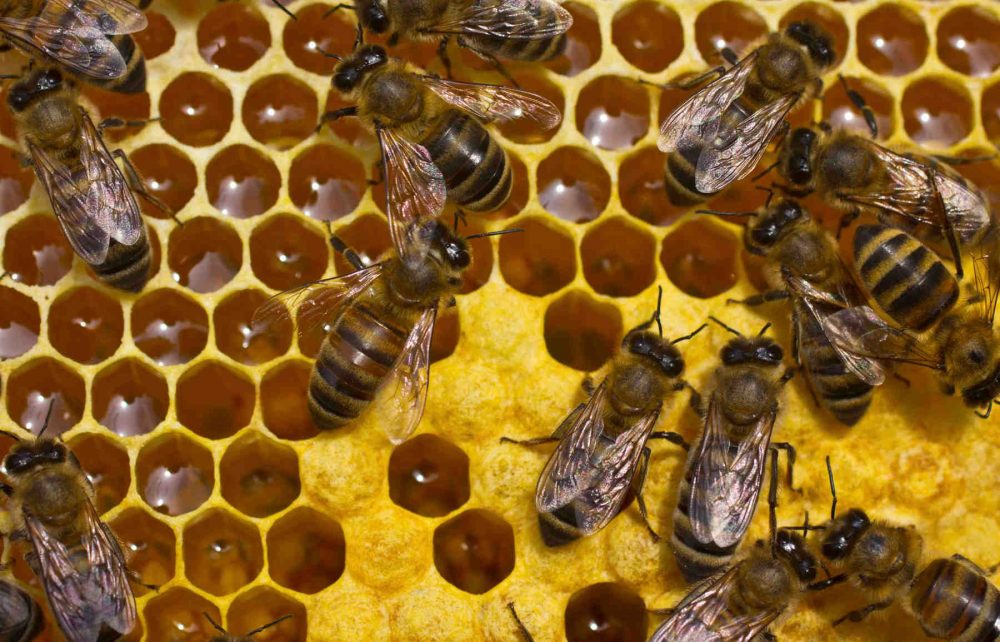Please consider buying your honey from locally-based bee keepers. Why? Because a lot of the honey in grocery store may not be real. In some cases, jars contain little or no real honey. In fact, honey is one of
the most falsified foods available. Even though the United States Department of Agriculture (USDA) has a honey grading system so you can know honey quality, there’s no enforcement system, so producers can put whatever they want on the bottle.”
Got a bunch of old CDs in a box somewhere? Give ‘e, a new life in your garden by hanging them on string from pole or branches in string them from bushes, trees, or stakes. Presto, you now have a bunch of scary garden decoys in place. Even a slight breeze will move them around, and
the combination of light flashes and sudden movement will scare most garden pests.
Over half today’s diet is based on relatively few plants. With the coming climate change, now estimated to be irreversible by 2050, plants that can survive in the new climate will become critically important.
Fortunately, there’s a new book out by Kevin Hobbs and Artur Cisar-Erlach, titled, “Edible: 70 Sustainable Plants That Are Changing How We Eat.” It’s an interview book that discusses current and new
crops that have potential under the “new” climate. Unfortunately, most of these crops are not widely grown in the U.S. It’s well worth reading.
No matter how rich your garden soil was when you started this year’s growing season, that soil has moved a good deal toward lifeless. It has grown weak and used up a lot or most of its nutrients, particularly if the garden is several years old. If you don’t put nutrients back into
the soil before spring, next year could be a disaster.






